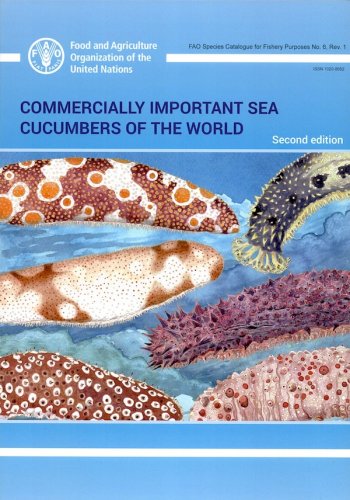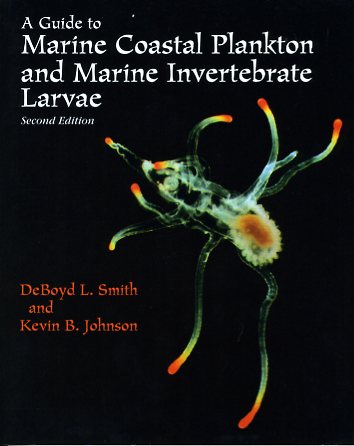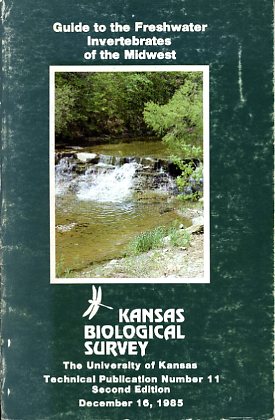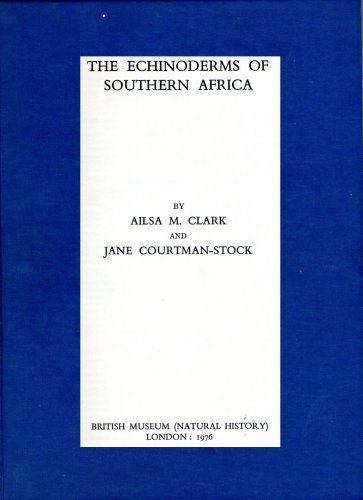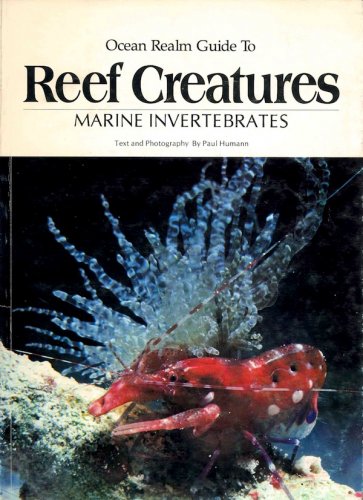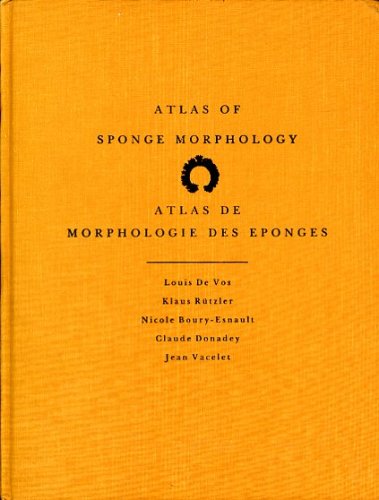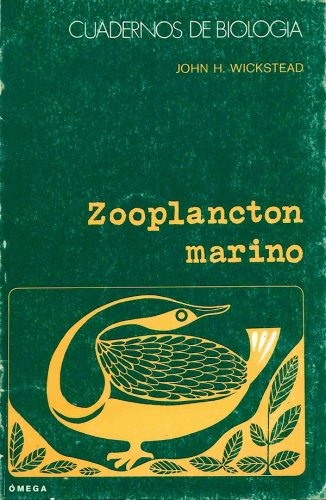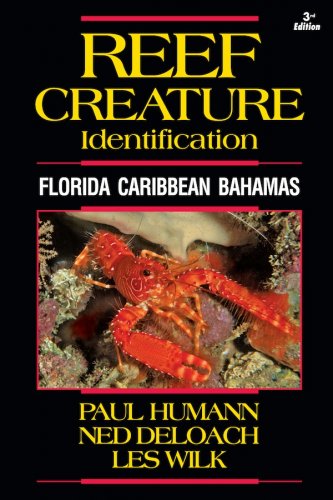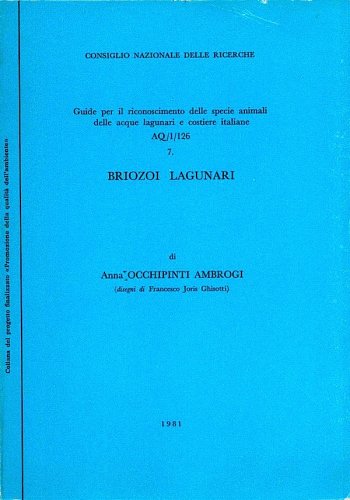Commercially important sea cucumbers of the world
Commercially important sea cucumbers of the world
- Disponibile in 7 giorni
- Possibilità di reso entro 10 giorni lavorativi
- Transazione sicura con carta di credito, Paypal o bonifico bancario
- Spedizione tracciata con SDA
Sea cucumbers are harvested and traded in more than 90 countries worldwide. They are exploited in industrial and small-scale fisheries, nearly from pole to pole, especially in the tropics. In some fisheries, more than 20 species are exploited by fishers. Fishers in general know how to distinguish the species they harvest, often identifying them with local names. For fishery officers and even biologists, recognizing sea cucumber species remains daunting however as they are confronted only with the final product: bêche-de-mer (or trepang) which is the processed (cooked and dried) product. This field guide offers a tool for fishery managers, scientists, trade officers and industry workers to recognize live and processed (cooked and dried) animals. This animal resource is mainly exported to Asian markets where it is sold mainly, but not exclusively, as a luxury food item. This book provides identification information on 84 species of sea cucumbers that are commonly or opportunistically (as bycatch) exploited around the world. The list is certainly not all-encompassing, as some other sea cucumber species are also exploited. More scientific data and accounts are needed for species from some regions such as the Eastern Atlantic Ocean. The accounts are based on more than 270 reports and research articles and on comments and reviews by taxonomists and field workers. Two-page identification sheets provide selected information to enable similar species to be distinguished from each other, both in the live and processed (dried) forms. Where available, the following information for each species has been included: scientific and known common names used in different countries and regions; scientific illustrations of the body and ossicles; descriptions of ossicles present in different body parts; a colour photograph of live and dried specimens; basic information on size, habitat, biology, fisheries, human consumption, market value and trade; geographic distribution maps. The volume is fully indexed and contains an introduction, a glossary, simplified dichotomous keys to live animals and dried products and a dedicated bibliography. Readers are encouraged to base their identifications on a combination of morphological features, samples of ossicles from different body parts and information on what habitat and locality the species was found.

